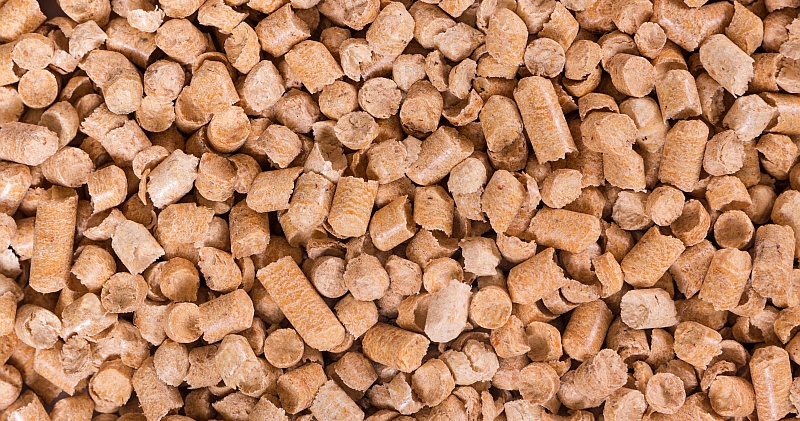Cat litter can be a costly component of owning a cat, even more so than food. So it is enticing to find out that there are options other than the cat litter sold in stores. So let’s figure out whether going the natural route is a better option, cost- and otherwise.
There are some qualities which are important to have in every cat litter, and even though not everyone will agree which the best litter can be, but we can hopefully all agree on the list of requirements necessary to set a cat litter apart from the rest.
- Cost: One of the major considerations when picking a cat litter is the cost; however, the cost per pound of litter is usually not the number that should be considered, but how much of the litter is being used during a given period. So, using more of the cheap litter may end up resulting in a larger cost, overall, than compared to an expensive litter.
- Odor: Probably just as important as cost (possibly more important) is the ability for the litter to eliminate odor. Since the overwhelming majority of litter boxes are kept inside the home, it is important to have litter which has the ability to eliminate the odor of urine and feces.
- Clumping & Dust: Clumping litter is popular for controlling odor, and for being easy to keep clean, so the ability to clump, and clump well, is an important characteristic of a good cat litter. Clumping litter also tends to give off dust, so the less a litter gives off the more desirable it will be.
Type of Natural Cat Litter
There are five types of natural cat litter, and each has its own benefits and disadvantages. As with most things, it is up to the user to decide which option is the most suitable for them.
Corn: The granule size of corn cat litter is large, which makes them safer for cats, and have better clumping ability than traditional litter. The odor control of corn-based litter is contested—though they perform well, some consumers do not like its abilities. The cost of this option can be high, since this type of litter clumps really well, so it is necessary to refill the box more often.
Wheat: Wheat-based litter products look and feel much like traditional cat litter, but its clumping abilities are not too great, which makes cleaning up the litter box a problem. The ability of wheat-based litter to control odor is also diminished because of the lack of clumping ability. The cost of the wheat-based option is lower, but the performance leaves much to be desired.
Pine: Pine cat litter is made from waste sawdust, and is often claimed to be the best type of cat litter. The pine based litter comes in both fine granules, as well as sawdust pellets. The pellet version of the litter is extremely low dust, so it wins big points with this feature. The most attractive feature of the pine litter is the cost which is the lowest of the bunch.
Walnut: Made from the shells of walnuts, this type of litter is possibly the best selling type of natural litter, for a variety of reasons. They come in clumping and non-clumping varieties, and the clumping type, clumps really well. As far as odor is concerned, this type of litter performs well, but can be a weak performer sometimes. It is not the most expensive type of litter, but is also wins no awards for being particularly cheap.
Paper: The original material for cat boxes, the modern versions are pellet based, and perform poorly when it comes to odor control, mostly because they don’t clump. The cost of paper-based litter is low, but it still can’t beat the low cost of pine-based litter.

